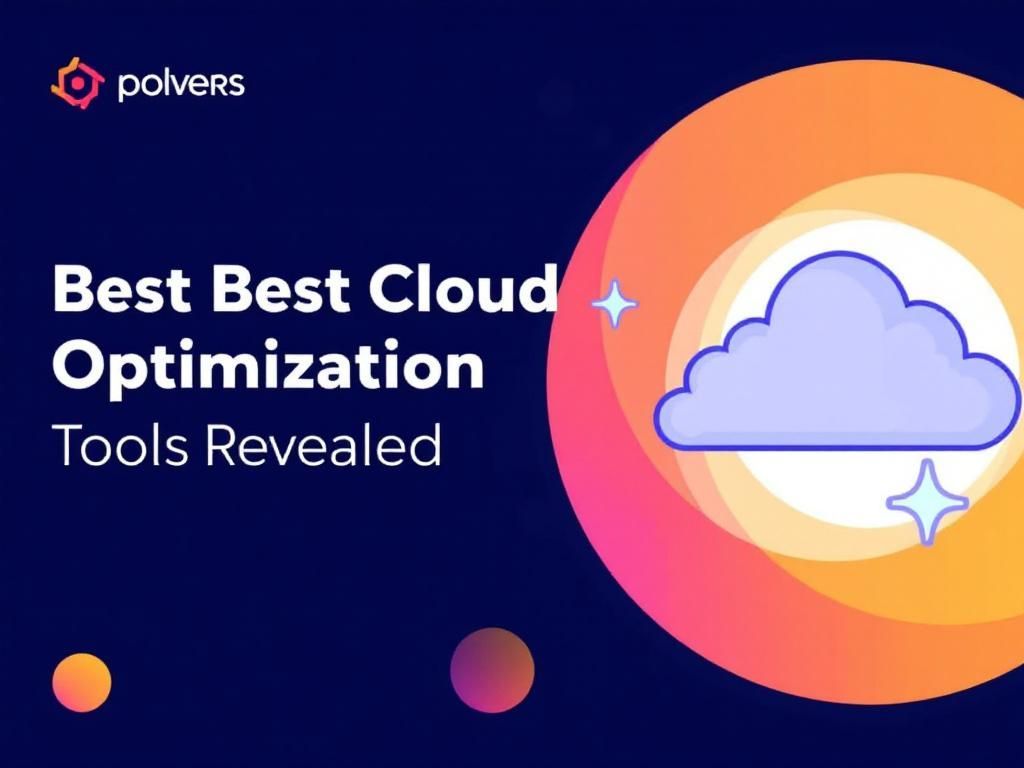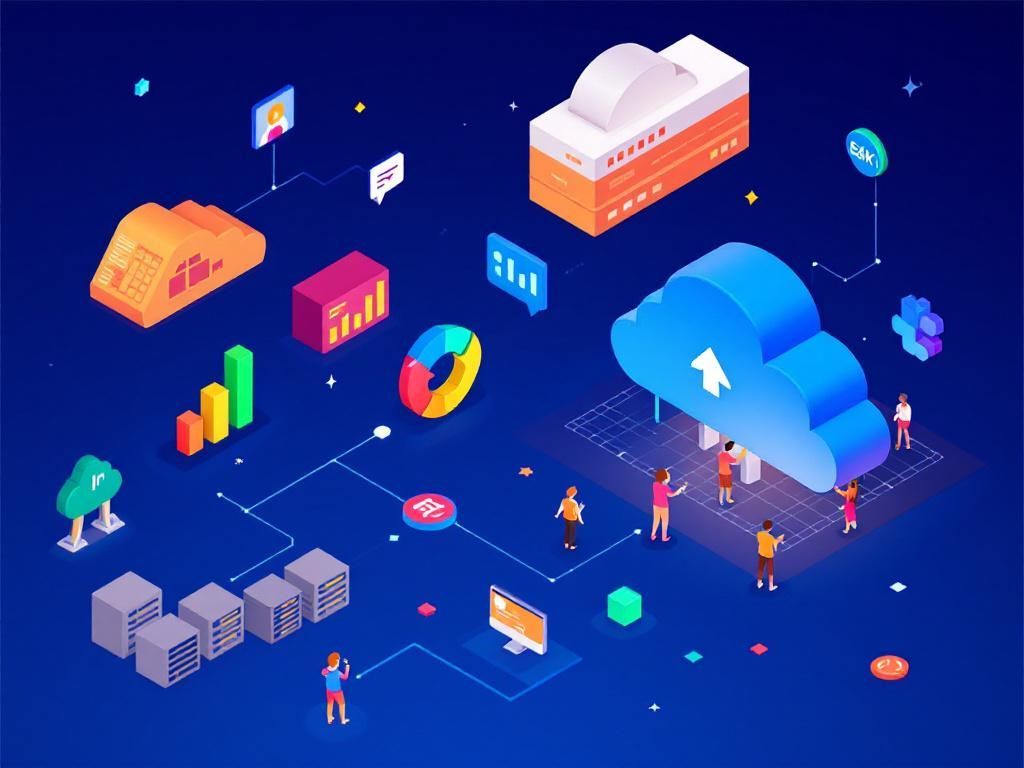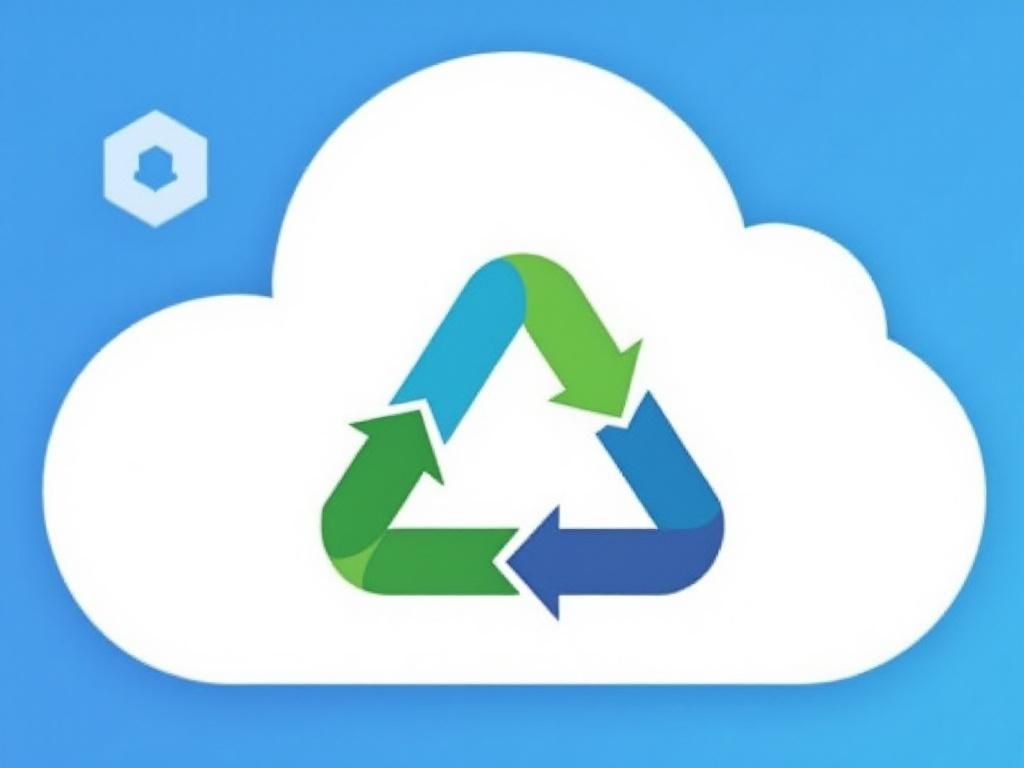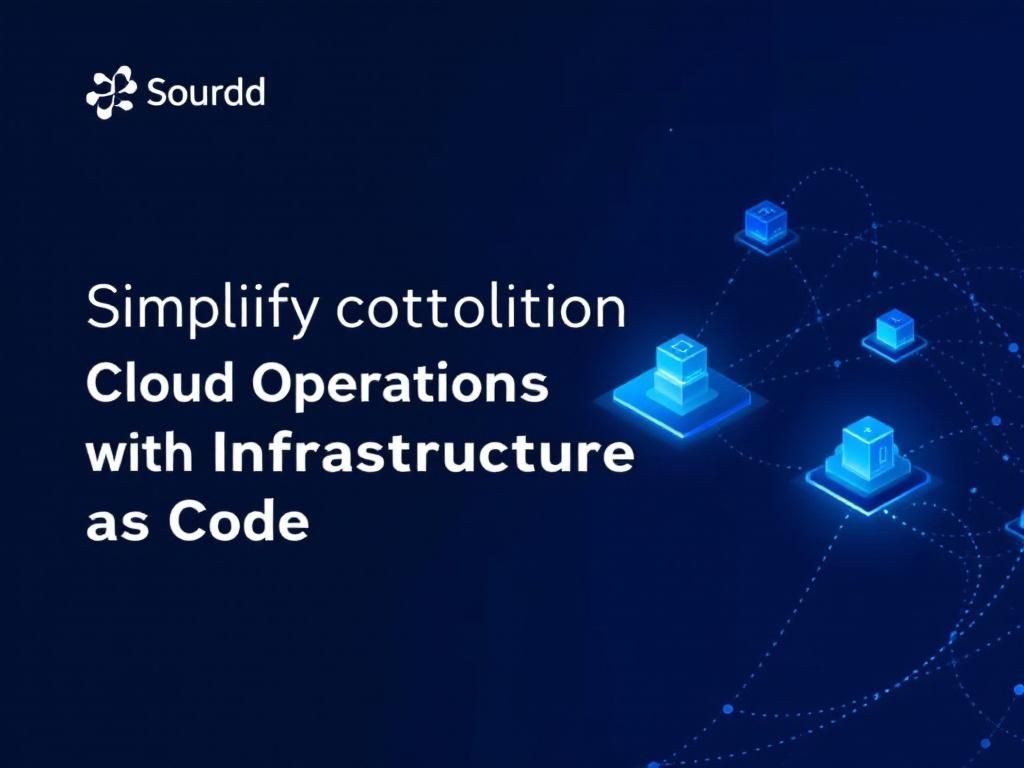Unlocking Serverless Solutions for Modern Developers
Discover how serverless architecture can streamline development processes, reduce costs, and enhance scalability for modern applications.

In recent years, the tech landscape has evolved dramatically, with serverless architecture emerging as a prominent solution for developers looking to build scalable applications without the overhead of managing server infrastructure. This paradigm shift allows developers to focus on writing code while the cloud provider takes care of resource management, scalability, and availability. In this article, we will explore the fundamentals of serverless computing, its benefits, challenges, and popular frameworks that can help developers leverage this innovative approach.
Table of Contents
Understanding Serverless Architecture
Serverless architecture does not mean that there are no servers involved; rather, it abstracts the server management away from developers. This model allows developers to run code in response to events without the need to provision or manage servers. Key components of serverless architecture include:
- Function as a Service (FaaS): The core of serverless, enabling developers to deploy individual functions that can be triggered by various events.
- Backend as a Service (BaaS): Provides ready-made backend services like databases, authentication, and storage that can be used alongside FaaS.
- Event-driven architecture: Serverless applications often rely on event triggers, such as HTTP requests, database changes, or file uploads, to execute the code.
Benefits of Adopting Serverless Solutions
Implementing serverless solutions offers a variety of advantages for developers and organizations:
1. Cost Efficiency
Serverless computing can be cost-effective because:
- You pay only for the compute time you consume, meaning no idle server costs.
- Billing is based on the number of requests and execution time, which can lead to significant savings, especially for variable workloads.
2. Scalability
Serverless platforms can automatically scale based on demand:
- When the workload increases, additional resources are provisioned automatically.
- When demand decreases, resources are scaled down, ensuring efficient utilization.
3. Simplified Deployment
The deployment process is streamlined, allowing developers to release updates and new features quickly:
- Code is packaged in small units (functions) which can be deployed independently.
- Continuous integration and continuous deployment (CI/CD) can be integrated easily, allowing for rapid iteration.
Challenges of Serverless Computing
Despite its many benefits, serverless architecture comes with certain challenges that developers need to consider:
1. Cold Starts
When a function is invoked after a period of inactivity, the cloud provider may take time to set up the runtime environment:
- This can lead to latency issues, particularly for applications requiring quick responses.
- Strategies to mitigate this include keeping functions warm or utilizing provisioned concurrency in certain platforms.
2. Vendor Lock-In
Switching between serverless platforms can be complicated:
- Each cloud provider may have unique services, APIs, and integrations, making migration challenging.
- Consider using open-source frameworks or protocols that can help minimize lock-in.
3. Debugging and Monitoring
Debugging serverless applications can be more complex than traditional deployments:
- Tools and strategies for monitoring and logging are essential to track performance and troubleshoot issues.
- Use cloud provider tools and third-party monitoring solutions to gain insights into your applications.
Popular Serverless Frameworks
Several frameworks enable developers to build and manage serverless applications efficiently. Here are some of the most popular:
AWS Lambda
Amazon Web Services (AWS) Lambda is one of the leading serverless platforms, allowing you to run code without provisioning or managing servers. Key features include:
- Supports multiple programming languages such as Python, Node.js, Java, and C#.
- Seamless integration with other AWS services, including DynamoDB and S3, to create complex applications.
Azure Functions
Azure Functions from Microsoft is another robust serverless platform:
- Enables development with .NET, Python, and JavaScript, allowing a diverse development experience.
- Built-in integrations with Azure services offer enhanced capabilities for enterprise applications.
Google Cloud Functions
Google Cloud Functions allows developers to execute code in response to events. Features include:
- Supports multiple languages such as Go, Node.js, and Python.
- Integrates easily with Google Cloud services and APIs, making it ideal for data-driven applications.
Serverless Framework
The Serverless Framework is an open-source framework that simplifies the deployment of serverless applications across various cloud providers. Benefits include:
- Multi-cloud support, allowing you to deploy to AWS, Azure, Google Cloud, and more.
- Rich plugin ecosystem for extended functionality and customization.
When to Use Serverless
Choosing serverless architecture depends on various factors. Here are scenarios where serverless solutions shine:
- Microservices: Ideal for breaking down applications into smaller, independently deployable services.
- Event-driven applications: Perfect for applications that rely on asynchronous events such as webhooks or file uploads.
- Rapid prototyping: Helpful for quickly launching MVPs without heavy investment in infrastructure.
- Variable workloads: Beneficial for applications with unpredictable traffic patterns.
Conclusion
Serverless architecture offers a transformative approach for developers, allowing them to build modern applications with ease and efficiency. While there are challenges to navigate, the benefits of cost savings, scalability, and simplified deployment present compelling reasons to explore serverless solutions. As the technology matures, it’s becoming an essential tool in the developer’s toolkit, empowering them to focus on what they do best: writing code and innovating.
FAQ
What are serverless solutions?
Serverless solutions are cloud computing services that allow developers to build and run applications without managing server infrastructure, enabling them to focus on code and functionality.
How do serverless solutions benefit developers?
Serverless solutions reduce operational overhead, allow for automatic scaling, and typically follow a pay-as-you-go pricing model, which helps developers save costs and improve productivity.
What are some popular serverless platforms?
Popular serverless platforms include AWS Lambda, Google Cloud Functions, Microsoft Azure Functions, and IBM Cloud Functions, each offering unique features and integrations.
Can serverless solutions improve application scalability?
Yes, serverless solutions automatically scale applications based on demand, allowing developers to handle varying traffic loads without manual intervention.
What programming languages are supported by serverless platforms?
Most serverless platforms support a variety of programming languages including JavaScript, Python, Java, Go, and C#, allowing developers to use their preferred language.
Are there any downsides to using serverless solutions?
While serverless solutions offer many benefits, potential downsides include vendor lock-in, cold start latency, and limitations on execution time and resource availability.








